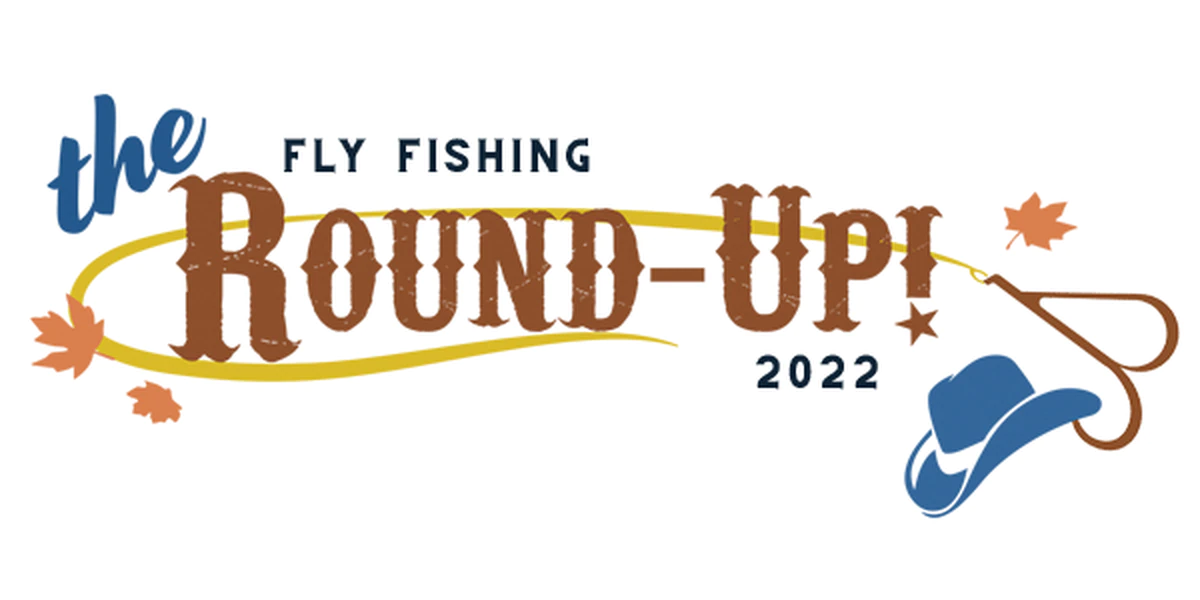USDA Forest Service
WASHINGTON, March 18, 2021 – Agriculture Secretary Tom Vilsack today announced the USDA Forest Service will invest more than $218 million to fund Great American Outdoors Act projects to conserve critical forest and wetland habitat, support rural economic recovery, and increase public access to national forests and grasslands.
Leveraging the Land and Water Conservation Fund (LWCF) provided by Congress, this investment will improve public access by funding strategic land acquisitions. Funds will also support work with state agencies to encourage private forest landowners to protect their land through conservation easements or land purchases.
“USDA investments in economic growth and job creation will be especially important in 2021, as the entire nation is recovering from the economic downturn caused by the pandemic,” said Secretary Vilsack. “Today’s investment affirms our commitment to equitable assistance to state and private landowners.”
The Forest Service administers two LWCF programs: the Forest Legacy Program and the Land Acquisition program. Together, these programs conserve critical and strategic lands across the nation’s forests on both private and public lands. The Forest Service will invest more than $94 million to fund 28 projects under the Forest Legacy Program and $123 million to fund Land Acquisition Program projects, including projects for recreation access and other needs.
Land Acquisition Program highlights include:
- $3.7 million to acquire 1,550 acres in the Yakima River Basin for the Washington Cascades Project. Supported by a wide coalition of public, private and non-profit partners, this project seeks to ensure a long term water supply in the face of climate change.
- $6.4 million in FY 2021 to acquire 8,590 acres for the Lolo Trails Project in Montana. This project aims to mitigate the effects of climate change by providing the cold water that federally-listed bull trout and other species need to sustain healthy populations in a warming climate.
Forest Legacy Program highlights include:
- Protecting 12,500 acres of habitat, water and timber on the Ceylon Forest in Georgia. 2.5 million people depend on the Ceylon for drinking water that flows from and through the forest. As a working forest, the Ceylon supports a local wood-based economy that includes 121 mills, with a $1.69 million payroll impact. Once completed, the area will also become part of a much larger Wildlife Management Area, and serve as an ideal hunting and fishing destination for sportsmen across the Southeast.
- The East Grand-Weston in Maine builds on a century-old tradition of sustainable forestry and expands recreation opportunities over more than 4,300 acres. The property supports a thriving local recreation industry by protecting lands, waters and trails while also providing sustainable wood products to up to 15 mills. The property will remain in private hands while continuing to be managed for public benefits.
- The second phase of the Kootenai Forestlands Conservation Project will permanently protect nearly 28,000 acres of land in northwest Montana. The project area belongs to the Stimson Lumber Company and contributes to the local economy while allowing free public access as a recreation destination for hunting, fishing, skiing, hiking, snowmobiling and more. The project will also protect the area from further residential development, reducing future firefighting costs by more than half.
Background
The Forest Service has been administering LWCF projects since 1964 along with the Department of the Interior. The fund supports Forest Service-led conservation projects including acquisition of critical non-federal lands within the boundaries of national forests and grasslands. Now, with full and permanent funding through the Dingell Act and the Great American Outdoors Act, the Forest Service is poised to strengthen its conservation program and provide greater recreation access to national forests and grasslands.
The agency worked with partners, considered multiple criteria and used established competitive processes to select projects for fiscal year 2021. During the review, the agency evaluated the environmental, social, and economic benefits of proposed projects and whether they contributed to other conservation initiatives. The Forest Service also considered local recreation access needs, the level of local support for strategic land acquisitions and how likely it would be for project areas to be converted to non-forest uses.
47
|
|
Credit: Source link






























